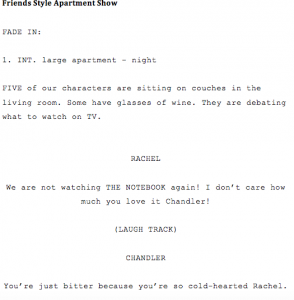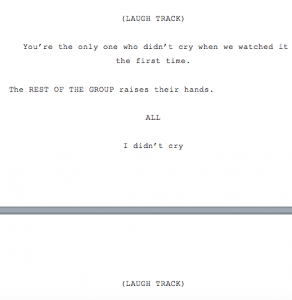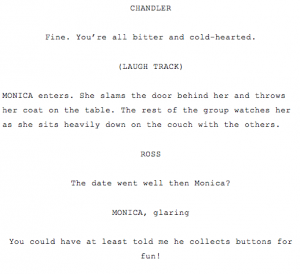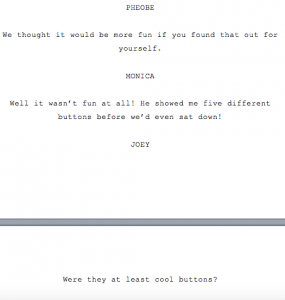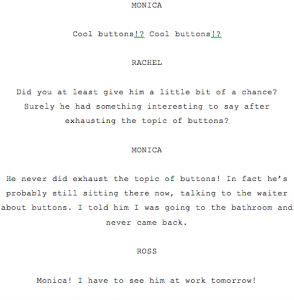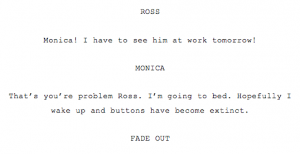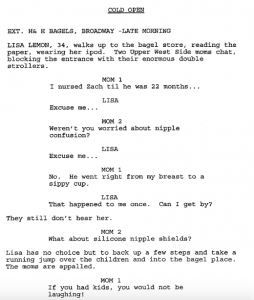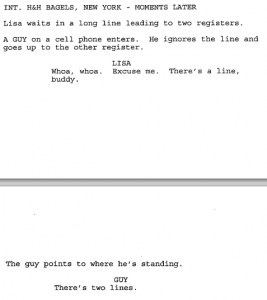|
URL |
| Readings – |
|
|
|
https://www.mediafactory.org.au/ellen-mccutchan/2015/03/10/cresswell-an-introduction/ |
|
|
https://www.mediafactory.org.au/ellen-mccutchan/2015/03/16/tourism-and-place/ |
|
|
https://www.mediafactory.org.au/ellen-mccutchan/2015/04/05/malpas/ |
|
|
https://www.mediafactory.org.au/ellen-mccutchan/2015/03/09/new-perspective/ |
| Site Visits – |
|
|
|
https://www.mediafactory.org.au/ellen-mccutchan/2015/03/06/state-library/ |
|
|
https://www.mediafactory.org.au/ellen-mccutchan/2015/04/10/public-records-office/ |
|
|
https://www.mediafactory.org.au/ellen-mccutchan/2015/04/10/melbourne-museum/ |
| Guests – |
|
- Professor Martyn Hook (& the reading associated with his visit)
|
https://www.mediafactory.org.au/ellen-mccutchan/2015/04/10/martyn-hook-presentation/ |
|
|
https://www.mediafactory.org.au/ellen-mccutchan/2015/04/23/remembrance/ |
|
|
https://www.mediafactory.org.au/ellen-mccutchan/2015/05/01/abigail-belfrage/ |
|
|
https://www.mediafactory.org.au/ellen-mccutchan/2015/06/01/editing/ (didn’t get to the class, but talk about editing here) |
| Briefs – |
|
|
|
https://www.mediafactory.org.au/ellen-mccutchan/2015/03/12/building-20 |
|
|
Not on my blog – was submitted through google drive |
- Brief 3 (with presentation slides)
|
https://www.mediafactory.org.au/ellen-mccutchan/2015/04/24/brief-3/ |
|
|
https://www.mediafactory.org.au/ellen-mccutchan/2015/06/03/group-work-websitepresentation/
https://www.mediafactory.org.au/ellen-mccutchan/2015/06/03/brief-4a |
| Work in progress posts |
|
|
|
https://www.mediafactory.org.au/ellen-mccutchan/2015/04/10/idea-central/
Brief 3 feedback
Shoot Day
https://www.mediafactory.org.au/ellen-mccutchan/2015/06/01/editing/
|
|
|
https://www.mediafactory.org.au/ellen-mccutchan/2015/05/20/websitepresentaion-update |
Final Reflection (1000 words) addressing the following criteria.
Read chapter 5 of Tim Creswell’s Place an Introduction and use this to reflect on your journey throughout the semester.
Identify the aspects of the chapter that resonate most with the projects you have completed this semester and discuss how your understanding of PLACE has developed (and possibly shifted) throughout the semester.As you are writing up this component I suggest you think about it from these perspectives.
- what have you’ve learned?
- what have you found most challenging in the course?
- what have you discovered about your own creative practice?
|
https://www.mediafactory.org.au/ellen-mccutchan/2015/06/05/final-blog-post |
Coming into this semester, I had never studied space and place in any sort of conceptual way. I had taken geography all through high school, but that was a subject mainly made up of stats and figures regarding drought and population sizes. Ghosts of RMIT and its focus on place were new to me.
Early on in the semester, we looked at the introduction to Tim Cresswell’s Place: An Introduction. This introduced me to different ways of thinking about place. I considered whether place was physical, or mostly just imagined boundaries. I thought about place and memory, and human connection to place.
Reading chapter five of Place: An Introduction, I was able to see how my projects in Ghosts of RMIT have related back to Cresswell’s theoretical concepts about place. Two sections of this chapter have encapsulated how my work relates to place; Place and Memory and Place and Architecture are particularly relevant to my work.
‘Place and memory are, it seems, inevitably intertwined’ (Cresswell, 2014, pg. 119). My work throughout this semester has been focused particularly on one event; the Russell Street Bombing. Taking place in 1986, my dad was just 22 when a bomb exploded outside the courtroom he was working in. My work has been focused on how this event has formed his perception of Building 20, the Old Melbourne Magistrates’ Court.
As is evident in my final piece, the Russell Street Bombing still weighs heavily on my fathers’ mind. I have spoken to him on multiple occasions about the bombing, but it was not until we sat down in the courtroom that the memories really returned to him. Being able to see the windows that smashed, the corridors he had run down and the street where the car bomb was acted as a catalyst for remembering.
However, as Cresswell states, ‘memory appears to be a personal thing, but memory is also a social thing’ (pg. 119). While my father’s memories are catalysed by place, so too are the memories of the wider society.
Building 20 has remained reasonably unchanged since its transformation from a working courthouse to an administration building. The courtrooms still look like courtrooms, and many of the original architectural features, such as windows and doors, are still present. The building is heritage listed, which prevents many changes being made, but there is a reason for this. As Professor Martyn Hook explained to us, buildings are given heritage status either because they are architecturally significant, or because something significant occurred in them. In the case of Building 20, it is a bit of both, and both relate to memory.
Maybe Building 20 has been kept the way it is because we want to remember events that happened there. The Ned Kelly trial, Squizzy Taylor, and the Russell Street Bombing are significant historical events that have been written into the national dialogue as important to remember. Building 20 is also considered architecturally important. But this is only because we want to remember building of the past, how the city, the world, was ‘before’.
This leads in to ‘Place and Architecture’, the next section of the chapter that resonated with my work. Cresswell talks of genius loci, which, in modern times, is taken to mean ‘sense of place’. In terms of Building 20, the architect responsible for its move from a courthouse to an RMIT building has done well to create and preserve the genius loci of the building. The building looks and feels like it has had an interesting history. From the preservation of the courtrooms and the caretaker sign, to the minimal additions of modern fixings, the Building has changed little since its precious life. I have tried to convey this genius locus in my piece through shots of the building and by keeping the courtroom setting in every frame.
Throughout this semester I have learned that place is a multitude of things and cannot be easily defined. I have learned that conveying a sense of place is difficult, but can be done. I have learned how to use a Z 7 camera.
For me, the most challenging aspect of this course has been getting my ideas from paper to physicality. From just getting my dad to say the right words, making the camera steady and then editing hours of footage into a five-minute film, I have been challenged. However, the studio format has meant that I have been able to troubleshoot any problems without difficulty. The class has become close-knit and we can trust each other to give good feedback. Being able to be in class twice a week has meant that there has been more than enough time to get things done.
Ghosts of RMIT has made me see that I can work well in a group. I have always said that I am too much of a control freak to work well with others, which I have been trying to work on. However, in Ghosts I have been able to work in a team with no issues. Maybe it is because we have had so much time together in class. Without the pressure of trying to find a time to meet, everybody seems a lot calmer. Whatever the reason, I am glad that I have had a chance to work in a stress-free group. It has led to better work all round.
Through Ghosts of RMIT I have also learned that I like interviewing. I like listening to someone talk, especially when that person is talking about something that they are passionate about, or that effects them deeply.
Ghosts of RMIT has opened me up to thinking about place in a more complex way than ever before. It has helped me to learn my strengths and weaknesses when it comes to making video content, as well as working in a group. I have been able to explore ways of working that I wouldn’t have in a different setting.
